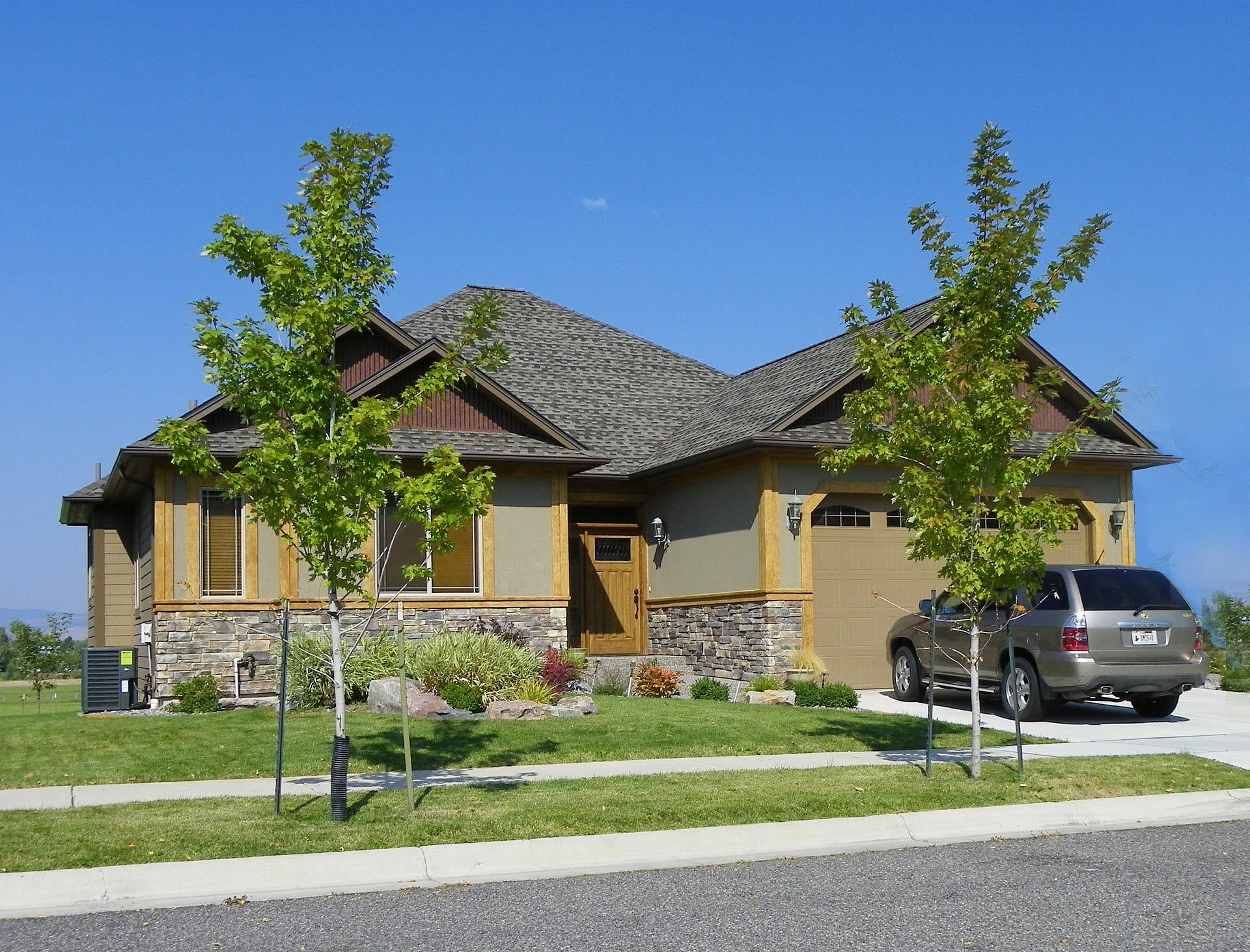
Table of Contents
If you know anything about California bankruptcy exemptions, it’s likely that they protect certain types of property from your creditors in a Chapter 7 bankruptcy case. These protections for things like your home, car, work tools and other personal property are critical in a Chapter 7 case, since the bankruptcy trustee can take possession of non-exempt property and sell it for the benefit of creditors. Because of these exemptions, the trustee almost never ends up taking any property in an individual Chapter 7 case.
In a Chapter 13 bankruptcy case, you generally keep all of your property (though you may opt to surrender property that serves as collateral for a secured debt if you can’t afford to or don’t want to continue making payments). So, it might seem that exemptions wouldn’t play a role. And, you rarely hear exemptions mentioned in connection with Chapter 13 or in overviews of how the Chapter 13 process works.
But, a Chapter 13 bankruptcy petitioner is required to disclose all property on schedules filed with the petition, just like a Chapter 7 filer. And, the Chapter 13 petitioner is asked to claim specific exemptions for property, just like a Chapter 7 filer. And, non-exempt property impacts the Chapter 13 plan.
There are two reasons exemptions don’t get a lot of attention in basic information about Chapter 13. First, most people filing bankruptcy in Los Angeles don’t have any non-exempt assets. Second, Chapter 13 provides a way for people to keep property that is not exempt.
Chapter 13 is a Repayment Plan, So Why Worry about Property?
While a Chapter 13 bankruptcy case provides for repayment of arrearages over three to five years, Chapter 13 provides other benefits and protections to the petitioner–often at the expense of creditors. Some examples include a reduction in the outstanding balance on some car loans, reduced interest rates on some accounts, and even discharge of some unsecured debt. That’s all calculated based in large part on the petitioner’s income and the amount and type of outstanding debt.
Bankruptcy law can’t completely ignore property. Imagine, for example, that a would-be Chapter 13 filer has $60,000/year in income, a home mortgage that’s in arrears and $250,000 in personal loans and credit card debt. Based on just that information, the Chapter 13 plan would likely involve relatively low payments, dedicated mostly or entirely to catching up the mortgage. Much of the unsecured debt would be discharged, meaning the unsecured creditors received little or nothing.
But, what if that same person also has a collection of antique cars valued at $400,000, a 40-foot boat worth $250,000, and 40 acres of farmland in Los Angeles County worth $320,000–all owned free and clear? Bankruptcy obviously wasn’t designed to allow someone in this situation to walk away from their debts while retaining nearly $1 million in non-essential property.
What Happens to Non-Exempt Property in Chapter 13?
In a Chapter 13 plan, a debtor can keep non-exempt property. However, total plan payments must equal at least the amount creditors would have received in Chapter 7 bankruptcy. That includes the value of non-exempt property retained. In the example above, that means the bankruptcy petitioner would have to pay at least $970,000 across five years of a Chapter 13 repayment plan or surrender some of the property to bring that number down. In that scenario, Chapter 13 might not be the best approach.
Of course, most bankruptcy petitioners don’t have $970,000 in non-exempt property. Let’s say that instead of the yacht and antique car collection and 40 acres of land, the bankruptcy filer has one antique car worth $40,000. If the owner wants to keep that car, that means the total amount paid through the plan must be at least $40,000, or about $667/month. Depending on current living expenses, that might be a stretch for someone earning $60,000/year. Or, it might be just slightly higher than the ordinary plan payment would have been, or even be lower than the ordinary plan payment and have no impact.

An expert tip from Erik
With California’s bankruptcy exemptions, many Chapter 13 filers never face this issue. If all of your property is exempt, then it doesn’t impact a Chapter 13 case at all. If you have a small amount of non-exempt property–for example, your automobile is worth $2,000 more than the California motor vehicle exemption covers–the regular plan payment will typically cover the minimum amount required. And, if that’s not the case, the increase may be minimal.
Talk to a Chapter 13 Bankruptcy Attorney
If you’re struggling with debt but think bankruptcy may be out of reach because you have non-exempt property you want to keep, it’s in your best interest to talk with an experienced Los Angeles bankruptcy attorney as soon as possible. The attorney can explain how exemptions and minimum payments would work in your specific situation and present the alternatives, so you can make an informed decision about your next steps.
The bankruptcy attorneys at Borowitz & Clark have been helping people resolve debt for decades, and have the knowledge and experience to help you make the right decision for you and your family. You can schedule a free consultation by calling 877-439-9717 or filling out the contact form on this page.
